Culinary Tour, Italy & Portugal September-October 2019
This was an early pick up day, and a bit of a drive to the area where we visited the cheesery that makes the buffalo mozzarella and then the Roman ruins at Paestum. First: a visit to "Mozzarella di Buffalo, Campagna". Like the other cheesery we visited, the cheese here is hand-made. They make enough for the day and when it sells out, it is over. The difference is that the buffalo live on the property... so we received personal introductions!
These are water buffalo (not American Bison) and they are housed in the most humane way possible. They have 270 hectares here (667 acres). The buffalo get a special diet that has all their necessary nutrients. They each have their own sleeping space in this area. The "boys and girls" are housed together ... 19 females to 1 male. (great odds!) So: insemination is totally random and natural. A pregnant female is checked by the vet, and after a specific period of time, she goes to the open pasture to graze and relax. She comes back into the barn to have the baby when the time is right.
The cow nurses the calf for 3 days, and then her milk is harvested for 170 days. This is the milk that is used to make the buffalo mozzarella cheese.
The babies get milk from the dairy cows that are kept as part of the herd. The "poop" from the buffalo and the cows is collected and is processed for it's methane gas which they sell to the power company.
The bulls take care of the female buffalo, and when they are 1.5-2 years old they go to the butcher. Their meat us used to make the sausage that is sold in the store So: bottom line...this is a "complete" operation where every product and by-product is used in the processing. And: btw .... the cheese is delicious! And: we could see that they use basically the same technique of making the cheese as they do at the cheese farm we visited a couple of weeks ago.
We loved meeting the buffalo, petting the babies and then seeing a 1/2 hour-old calf standup and find it's first meal from the mom. The yellow item in the photo is a "buffalo back-scratcher". When the buffalo touch it, it activates and goes around like a brush at a carwash and gives them a little massage!
Carol Rosen
28 chapters
16 Apr 2020
Visiting The Buffalo and Paestum
Amalfi Coast, Itlay
This was an early pick up day, and a bit of a drive to the area where we visited the cheesery that makes the buffalo mozzarella and then the Roman ruins at Paestum. First: a visit to "Mozzarella di Buffalo, Campagna". Like the other cheesery we visited, the cheese here is hand-made. They make enough for the day and when it sells out, it is over. The difference is that the buffalo live on the property... so we received personal introductions!
These are water buffalo (not American Bison) and they are housed in the most humane way possible. They have 270 hectares here (667 acres). The buffalo get a special diet that has all their necessary nutrients. They each have their own sleeping space in this area. The "boys and girls" are housed together ... 19 females to 1 male. (great odds!) So: insemination is totally random and natural. A pregnant female is checked by the vet, and after a specific period of time, she goes to the open pasture to graze and relax. She comes back into the barn to have the baby when the time is right.
The cow nurses the calf for 3 days, and then her milk is harvested for 170 days. This is the milk that is used to make the buffalo mozzarella cheese.
The babies get milk from the dairy cows that are kept as part of the herd. The "poop" from the buffalo and the cows is collected and is processed for it's methane gas which they sell to the power company.
The bulls take care of the female buffalo, and when they are 1.5-2 years old they go to the butcher. Their meat us used to make the sausage that is sold in the store So: bottom line...this is a "complete" operation where every product and by-product is used in the processing. And: btw .... the cheese is delicious! And: we could see that they use basically the same technique of making the cheese as they do at the cheese farm we visited a couple of weeks ago.
We loved meeting the buffalo, petting the babies and then seeing a 1/2 hour-old calf standup and find it's first meal from the mom. The yellow item in the photo is a "buffalo back-scratcher". When the buffalo touch it, it activates and goes around like a brush at a carwash and gives them a little massage!
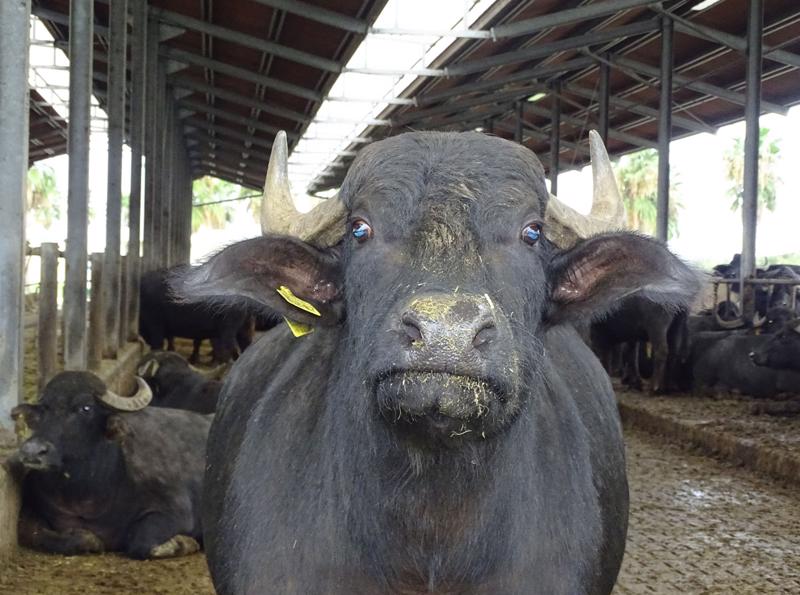
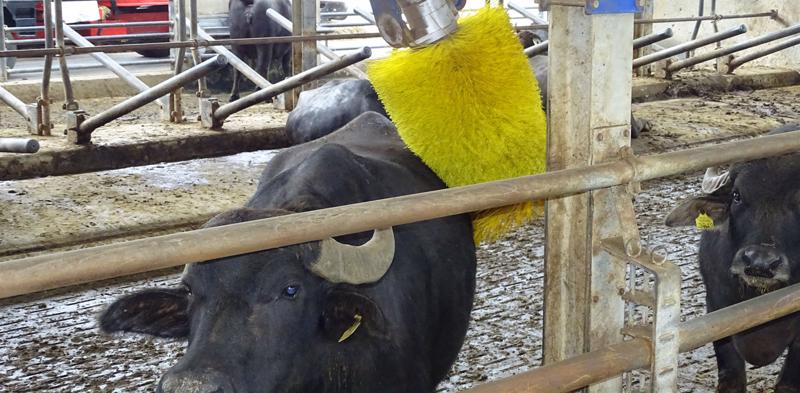
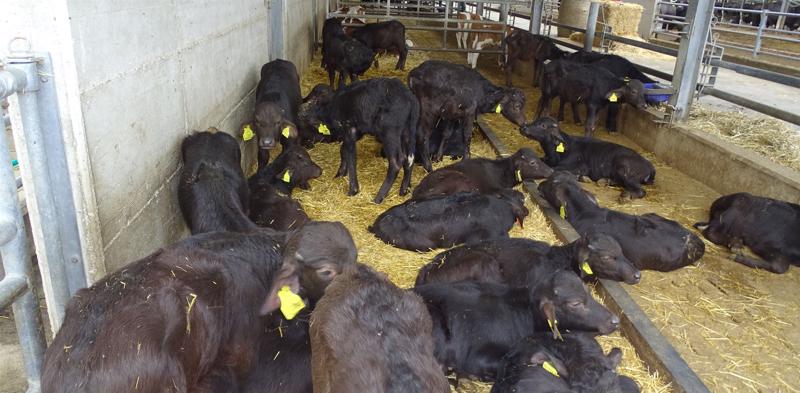

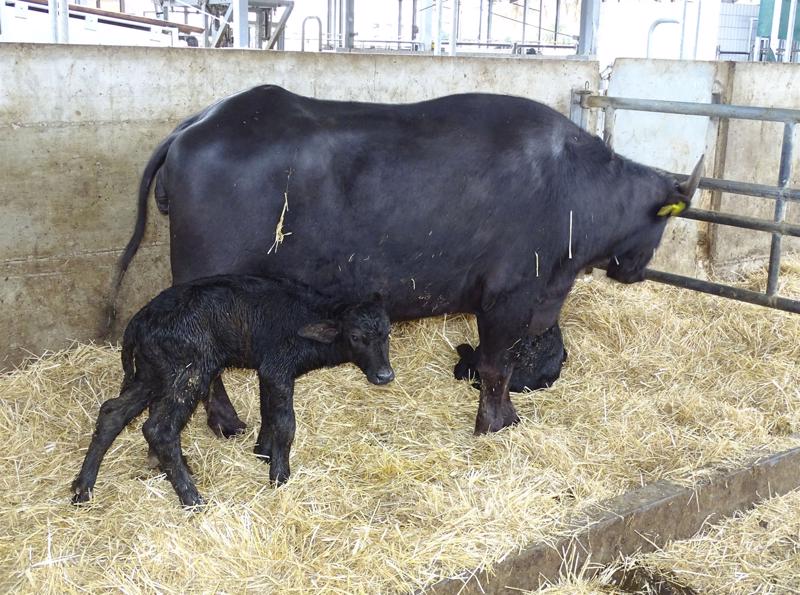
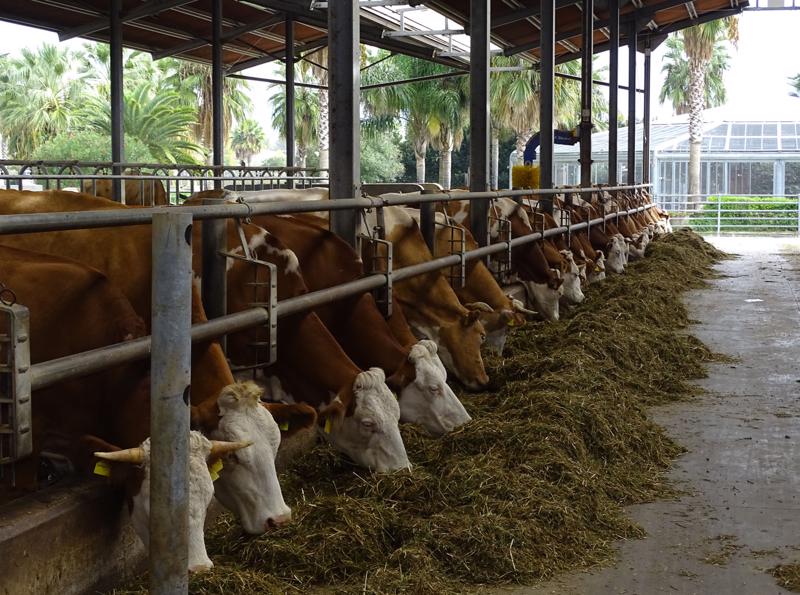
Next: we took the 5 minute drive to Paestum. It is an amazing area of preserved Greek and Roman ruins. Paestum was a major ancient Greek city on the coast of the Tyrrhenian Sea. The ruins are famous for their three ancient Greek temples in the Doric order, dating from about 600 to 450 BC. So many parts of this are preserved... and the temples are intact, as they were found. There has not been any restoration done!
The temples had Greek names, then they were re-named by the Romans; but they used them just the way they were. The tombs and the sarcophogi contain many objects, so in the museum you see items that are complete and intact ... not broken pottery pieces. The city was abandoned at some point due to the rising river. Eventually it was covered by water; thereby preserving the area. Paestum had a big center road (like Pompeii).
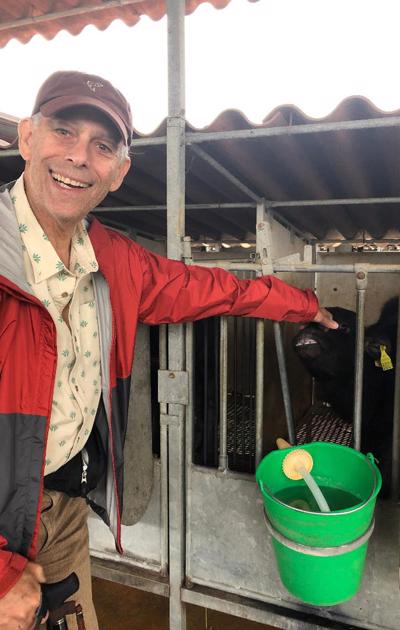
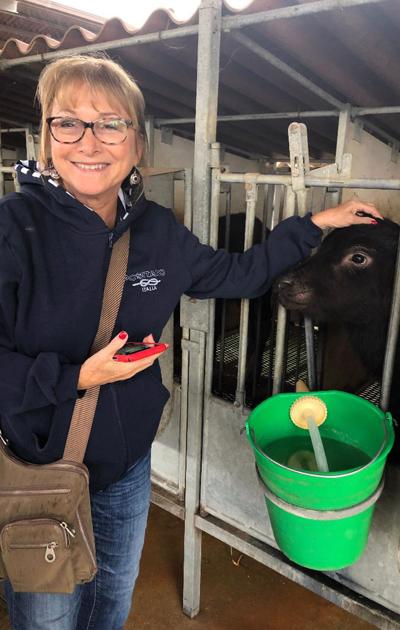
The building blocks here are limestone - not lava rock. They are still excavating and finding new things. In the museum we were excited to see the sarcophagus lids. They painted something about the deceased on the inside of the lid, thereby preserving the art work!! In the photo to the right, the fellow "diving" into the unknown symbolizes moving from this life to another life.
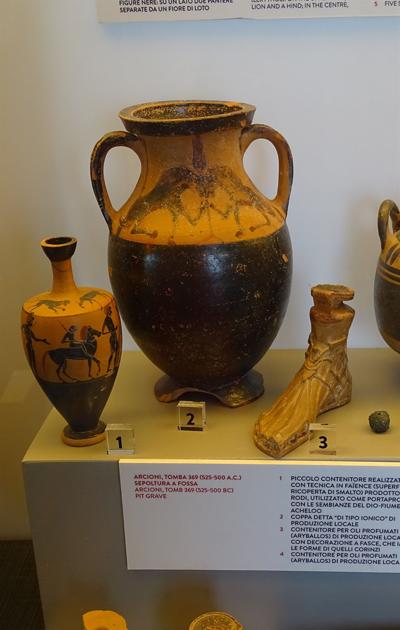
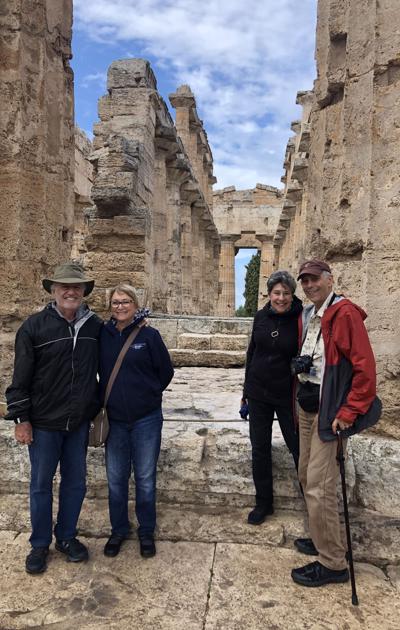
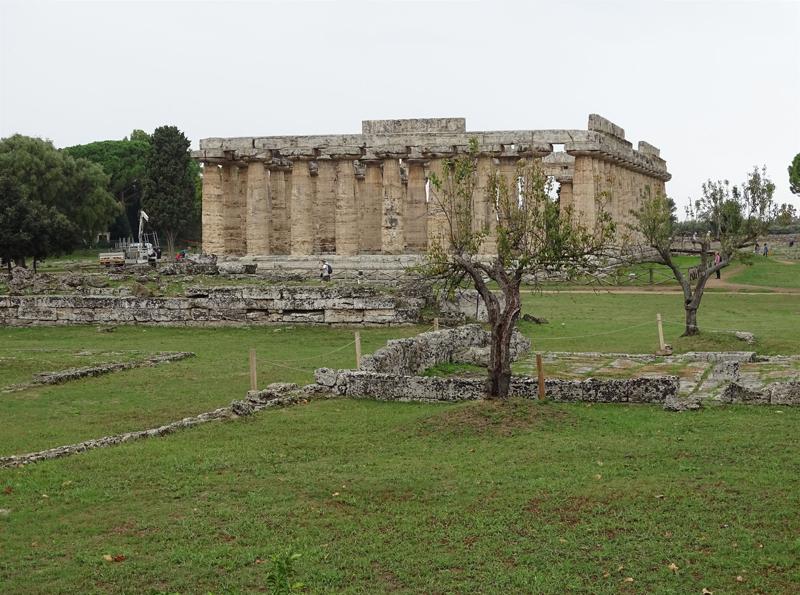
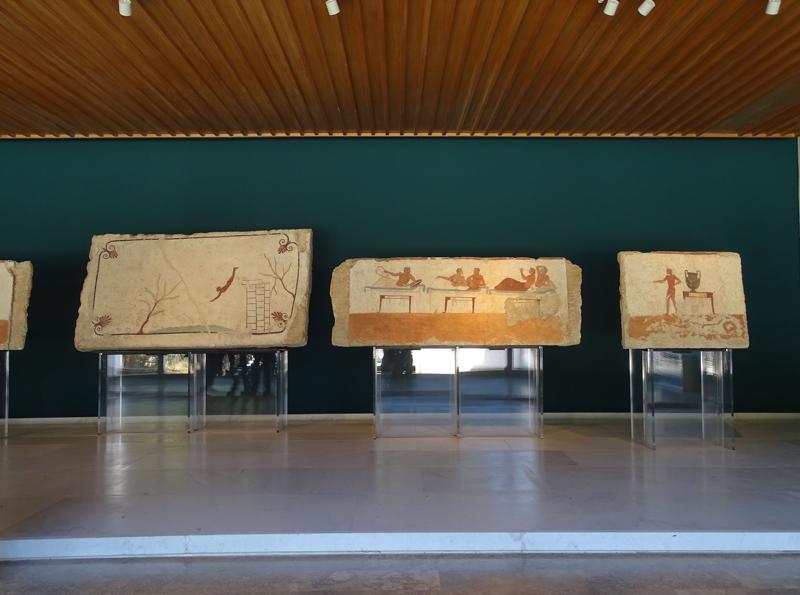
1.
On Our Way
2.
A Day of Cooking and Touring
3.
A Day to See Cheese and Ruins
4.
Sunday Dinner and A Dance Performance
5.
Ceramics and The Mushroom Festival
6.
Small Town Visit
7.
Cooking with Dario
8.
Touring La Pampa Relais & Wine Tasting
9.
Cooking at Kresios & The Amazing Dinner
10.
Pizza Lesson & Mushroom Festival
11.
Our Last Day in Melizzano
12.
Naples, Pizza Making and Tour
13.
Archiological Museum & Pompeii
14.
Shipping Store & Capodimonte
15.
The Amalfi Coast!
16.
The Amalfi Coast: Amalfi
17.
The Amalfi Coast: Positano
18.
Visiting The Buffalo and Paestum
19.
Last Stop on the Amalfi Coast
20.
Portugal, Here We Come!
21.
Visits to Two Palaces
22.
Leaving Lisbon, The Road to Porto
23.
City Tour
24.
A Wine Museum and Vineyard Tour
25.
Visit to Salamanca
26.
An Old Walled Gothic Town
27.
Port Wine Opening
28.
End of Cruise